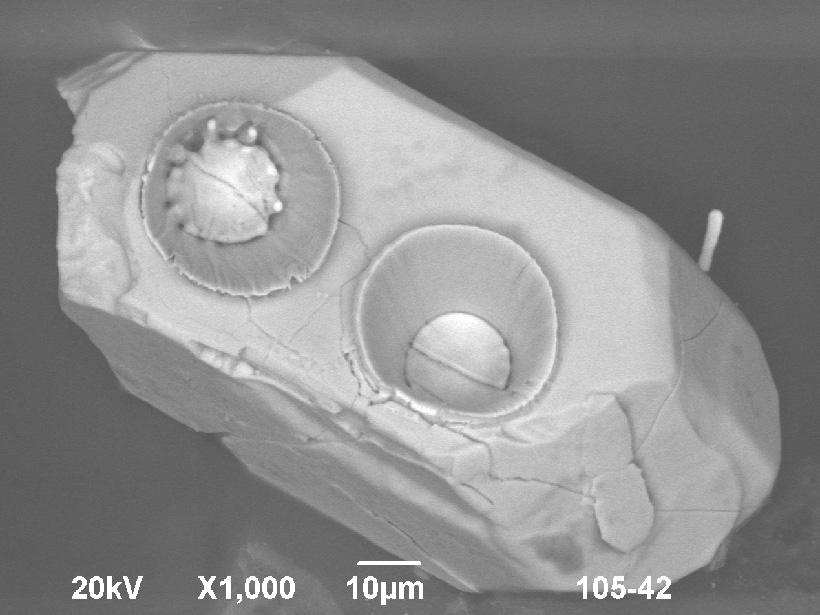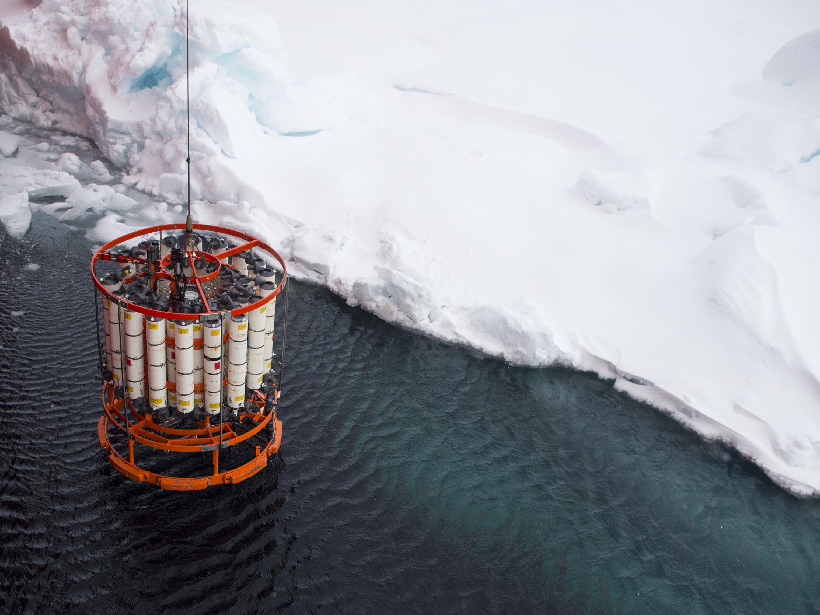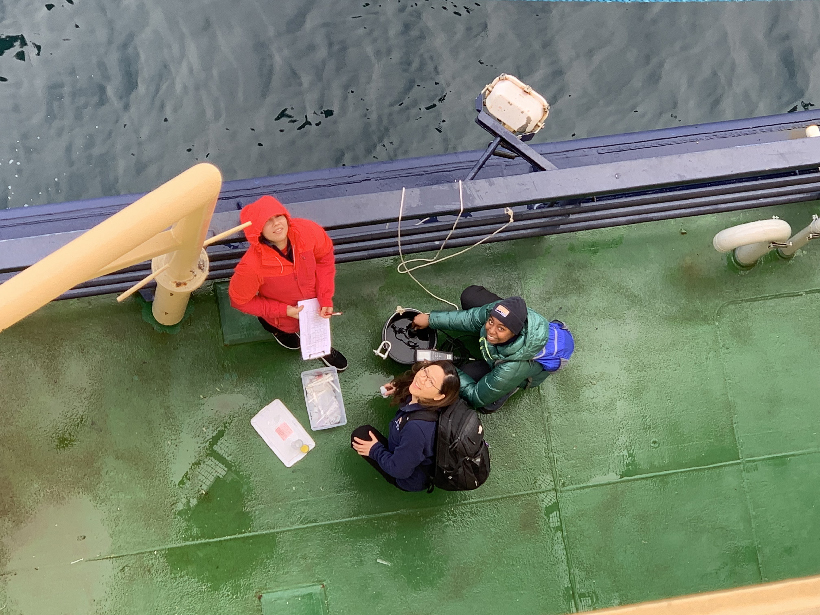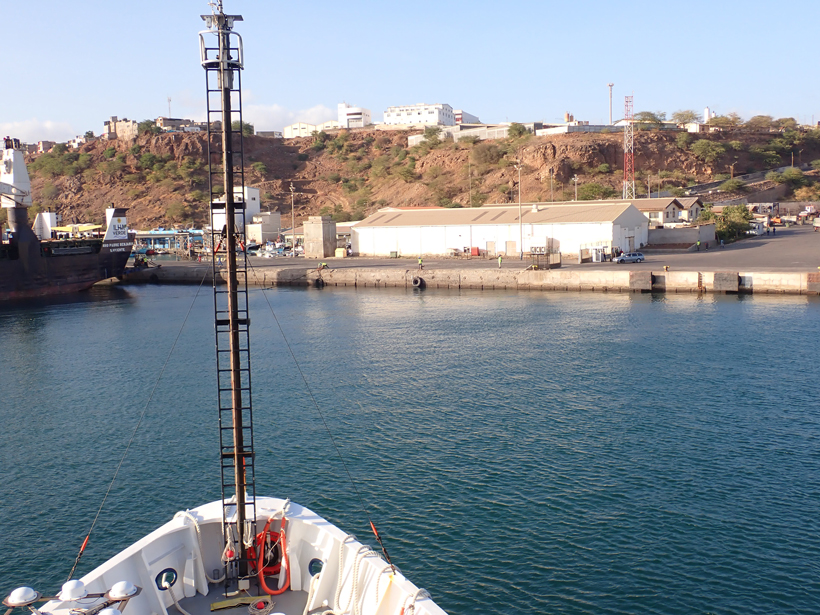Scientists discovered magmatic remnants of a volcanic arc by dating granitic rocks of the middle crust excavated by, and hidden within, the Chicxulub impact crater.
research at sea
A Deep Dive into Organic Carbon Distribution in Hadal Trenches
Researchers use sediment cores to study the amount and origin of sediment organic carbon in one of the least studied regions of the planet: hadal trenches.
Rastreando Elementos Traza a Través del Océano Ártico
Durante la expedición Pan-ártica, los investigadores obtuvieron y utilizaron datos de carbono y elementos traza para comprender mejor cómo el cambio climático afectará la producción primaria en una de las regiones de calentamiento más rápido del mundo.
Once Again into the Northwest Passage
After two unsuccessful tries, a hardy band of undergraduate students conducted a successful Arctic research and outreach expedition through the Northwest Passage.
A Plate Boundary Emerges Between India and Australia
Bathymetric and seismic data point to a new plate boundary in a fracture-riddled zone beneath the northern Indian Ocean.
What It’s Like to Social Distance at Sea
A skeleton crew braves the first research cruise since the pandemic began.
Tracking Trace Elements Across the Arctic Ocean
Researchers used data from a pan-Arctic survey of carbon and trace elements to better understand how climate change will affect primary production in one of the fastest warming regions of the world.
During a Pandemic, Is Oceangoing Research Safe?
With research cruises postponed, scientists are trying to get home safe, and others worry about the fate of their instruments left at sea.
Gas Bubble Forensics Team Surveils the New Zealand Ocean
An international research group recorded the acoustic signatures of gas bubbles rising from a hydrothermal vent field to gather clues about greenhouse gases escaping into the atmosphere.
Women in Oceanography Still Navigate Rough Seas
Female scientists have weathered bias, lack of support, and unsafe work environments since the dawn of oceanography. Could recent initiatives, technology, and awareness chart the way to safer waters?










